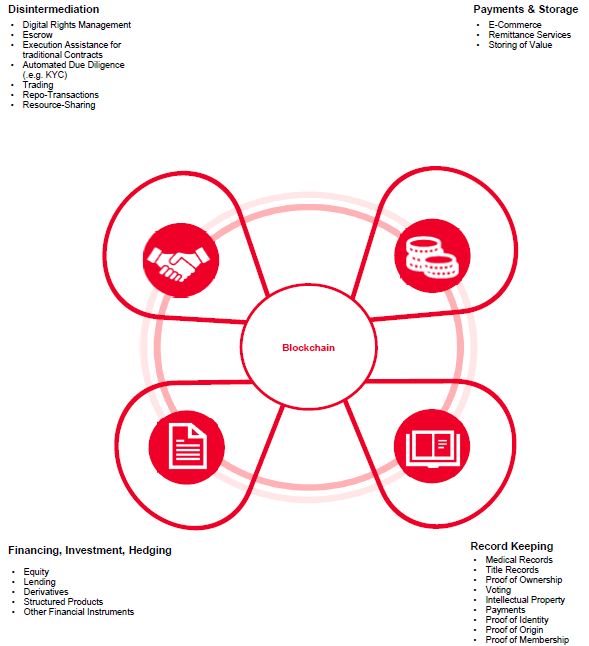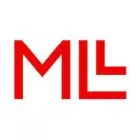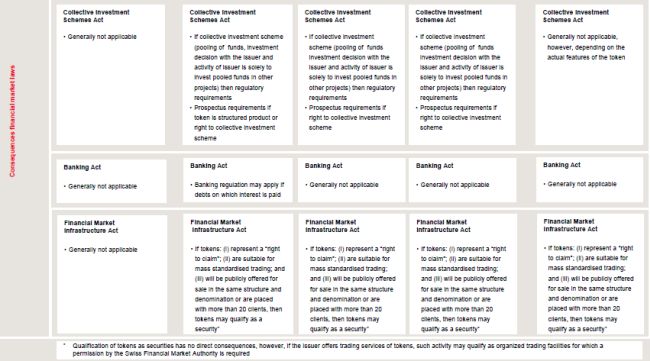Blockchain technology has become a reality as part of the digitalisation of the economy. Every day, there is proof of disruptive transformations of long-standing mechanisms into new ecosystems on the blockchain. While existing market participants are in many cases overwhelmed by the new normal, the new players operate with the greatest creativity and efficiency.
There are no limits to the new ecosystems. The blockchain offers countless possibilities of disintermediation, of participating in and transferring assets, of recordkeeping and of creating e-commerce beyond the boundaries of national currencies. And we are only at the beginning of this transformation.
Tokens created on the blockchain can be used to represent a wide variety of instruments and processes. For example, a new means of payment can be created or indirect rights to shares, loans or access rights can be digitised. The legal qualification of the tokens is a major challenge due to the aforementioned diversity.
The important (and not so new) principle for finding your way around in this new digital environment is: "first analyse the context, then undertake the legal classification under the rules of the existing laws." The hybrid nature of many tokens will defy the clear categories within which the law is typically structured and any attempt to commence by looking at traditional legal instruments and impose them on the tokens of the new ecosystems will therefore fail. Instead each token has to be taken apart and its components must be qualified individually.
In order to bring the tokens of the new ecosystems closer to the public, FRORIEP's Disruptive Technologies Practice Group has developed a Token Framework. In doing so, a distinction is made between cryptocurrencies, tokens giving title to monetary claims and tokens for other purposes. Tokens giving title to monetary claims are further categorised as being either debt, equity or participation rights tokens. These subcategories stem from the financial treatment of the obligations on the balance sheet or (in the case of participation rights tokens) on the profit & loss statement of the issuer.
The following diagrams show the possible functions of tokens on the blockchain and the FRORIEP Token Framework.
UTILISATION OF THE BLOCKCHAIN
The content of this article is intended to provide a general guide to the subject matter. Specialist advice should be sought about your specific circumstances.

The content of this article is intended to provide a general guide to the subject matter. Specialist advice should be sought about your specific circumstances.




